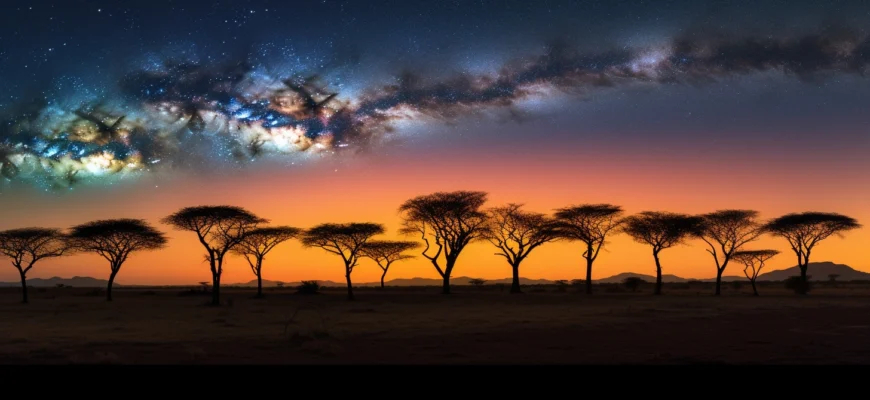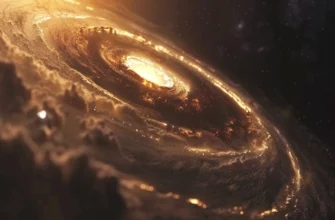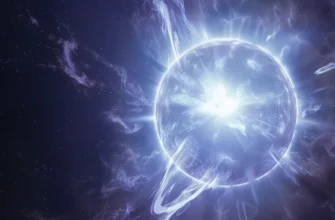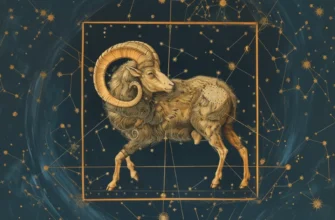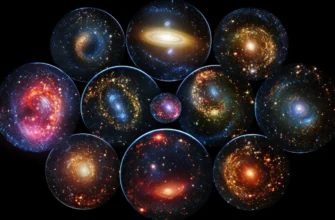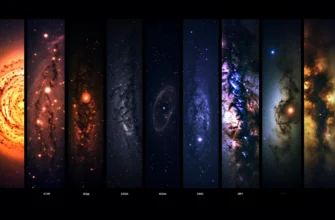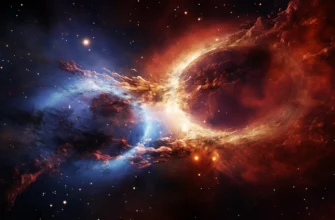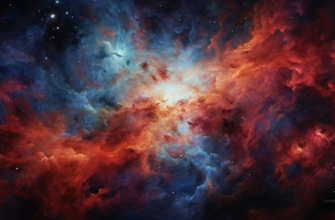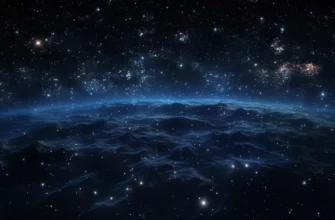The Milky Way is our home galaxy and one of billions in the observable universe. As a barred spiral galaxy, the Milky Way features stunning galactic arms wrapping around a bright, bulging galactic core region. From our vantage point inside one of the spiral arms, we have a front row view of the wonders, mysteries, and processes at work across the Milky Way.
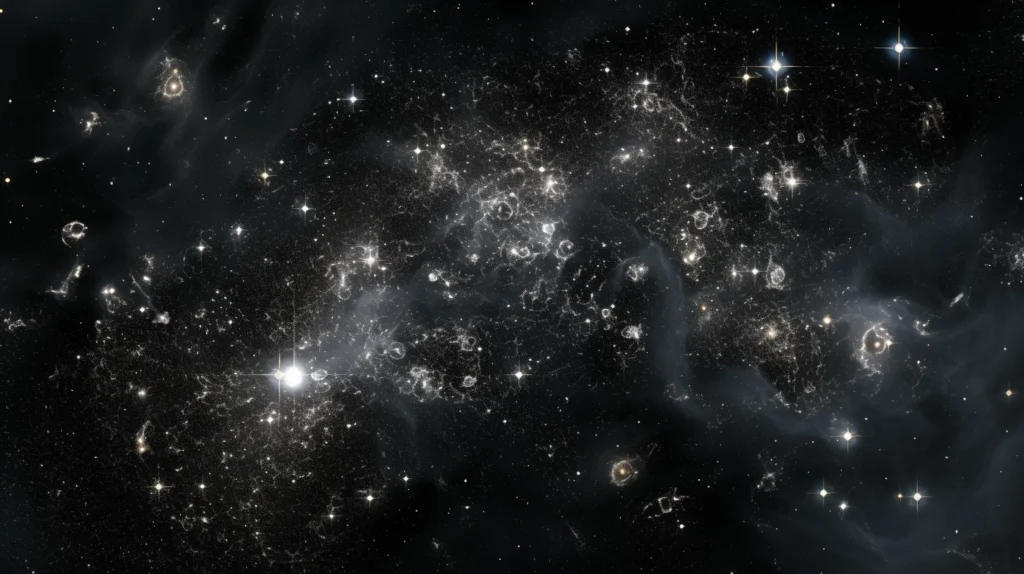
- Quick Milky Way Galaxy Fact Sheet
- Composition and Structure of the Milky Way
- Barred Spiral Arm Structure
- Spiral Arm Star Formation
- Stunning Sites Along the Galactic Plane
- The Galactic Center
- Rho Ophiuchi Cloud Complex
- Trifid & Lagoon Nebulae
- Cygnus Star Forming Region
- Satellite Galaxies of the Milky Way
- Stellar Populations Across the Milky Way
- Ancient Stars in the Milky Way Halo
- Young Stars Across the Spiral Arms
- The Stellar Mass Budget of the Milky Way
- Breakdown of Milky Way Mass Components
- The Supermassive Black Hole Lurking at the Galactic Center
- Sgr A* Discovery
- Accretion Disk and Jets
- Conclusion
Quick Milky Way Galaxy Fact Sheet
Before diving into the details, here is a quick fact sheet covering some key parameters and attributes of the Milky Way galaxy:
- Type: Barred Spiral Galaxy
- Diameter: 150,000 – 200,000 light years
- Thickness: ~1,000 light years
- Mass: Equivalent to ~1 trillion Suns
- Number of Stars: 200 – 400 billion stars
- Location: Local Group of galaxies
- Age: ~13.6 billion years
Now let’s explore what makes our Milky Way galaxy so spectacular.
Composition and Structure of the Milky Way
The Milky Way is categorized as a barred spiral galaxy due to its distinctive central bar-shaped bulge area surrounded by vast, extended spiral arms sweeping outward. The galactic components that make up the Milky Way include:
- Galactic Center: Supermassive black hole + dense concentration of stars
- Galactic Bulge: Football-shaped central bar bulge
- Galactic Disk: Flat disk containing spiral arms
- Galactic Halo: Enormous spherical halo of stars + globular clusters
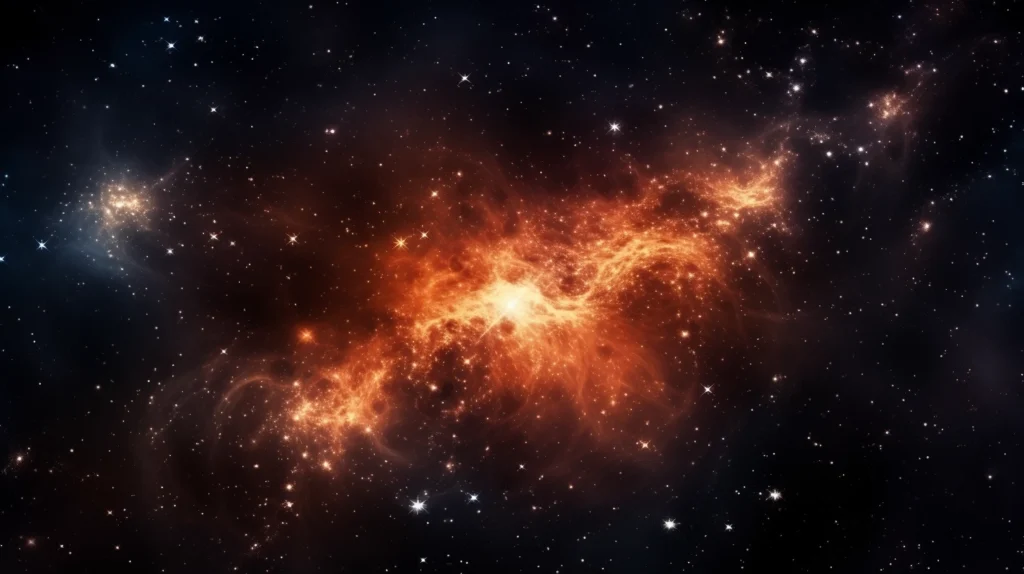
These key ingredients come together to form one magnificent galactic structure full of stars, gas clouds, dust lanes, and more eye-catching features.
The central region houses an intense cluster of stars along with the supermassive black hole Sagittarius A. Orbiting closely around Sagittarius A is a group of stars reaching speeds up to a few percent of the speed of light!
“The central parsecs of the Galaxy host a dense and luminous star cluster centered on a supermassive black hole, Sagittarius A*.” – UCLA Galactic Center Group
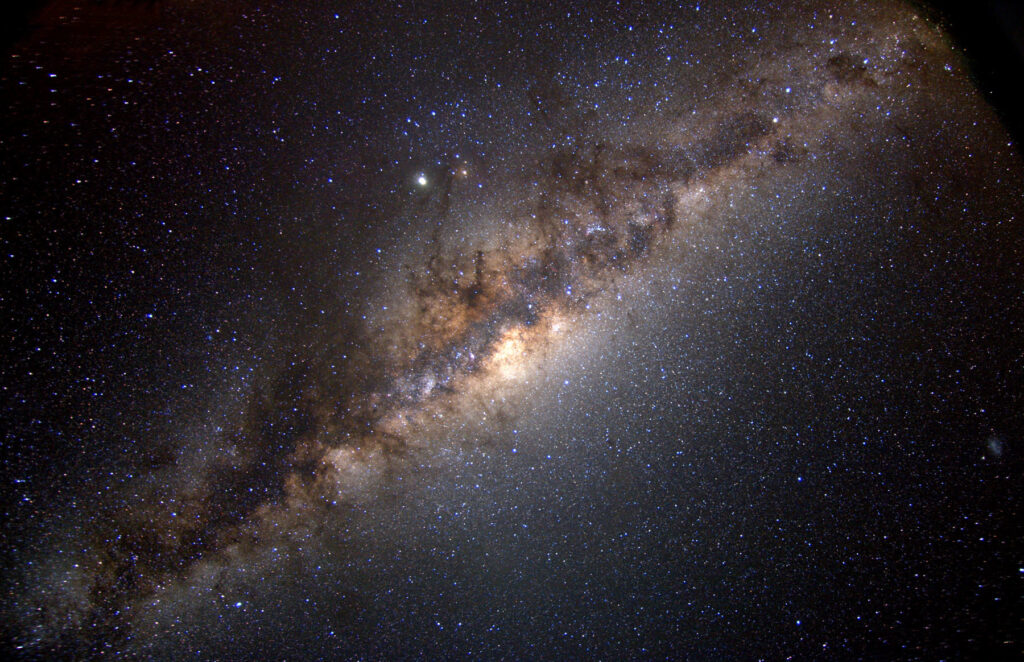
Extending out from the central zone is the bar-shaped bulge, while the flat galactic disc and embedded spiral arms dominate the outer layout. The disc alone hosts the majority of the Milky Way’s gas and dust content, along with areas of active star formation happening across the spiral arms.
Finally, engulfing it all is the vast, spherical galactic halo extending far beyond the main galactic disc. Made up of lone stars as well as ~150 globular clusters, the halo contains some of the most ancient stars known.
Barred Spiral Arm Structure
As a barred spiral type galaxy, the Milky Way contains a central bar-shaped structure within a larger spiral arm disk. The spiral arms host active star forming regions illuminated by the hottest, brightest young stars.
The major spiral arms of the Milky Way include:
- Norma and Cygnus Arm (or Outer arm)
- Perseus Arm
- Sagittarius Arm
- Scutum-Centaurus Arm
Along with the stellar contents, these spiral arms also contain vast amounts of gas and dust – the fuel for new generations of star birth across the Milky Way.
Spiral Arm Star Formation
The most intense stellar nurseries reside within the active spiral arms courtesy of all the available gas and dust. Areas like the Eagle Nebula (home of the iconic “Pillars of Creation”) offer prime examples of star formation on a massive scale:
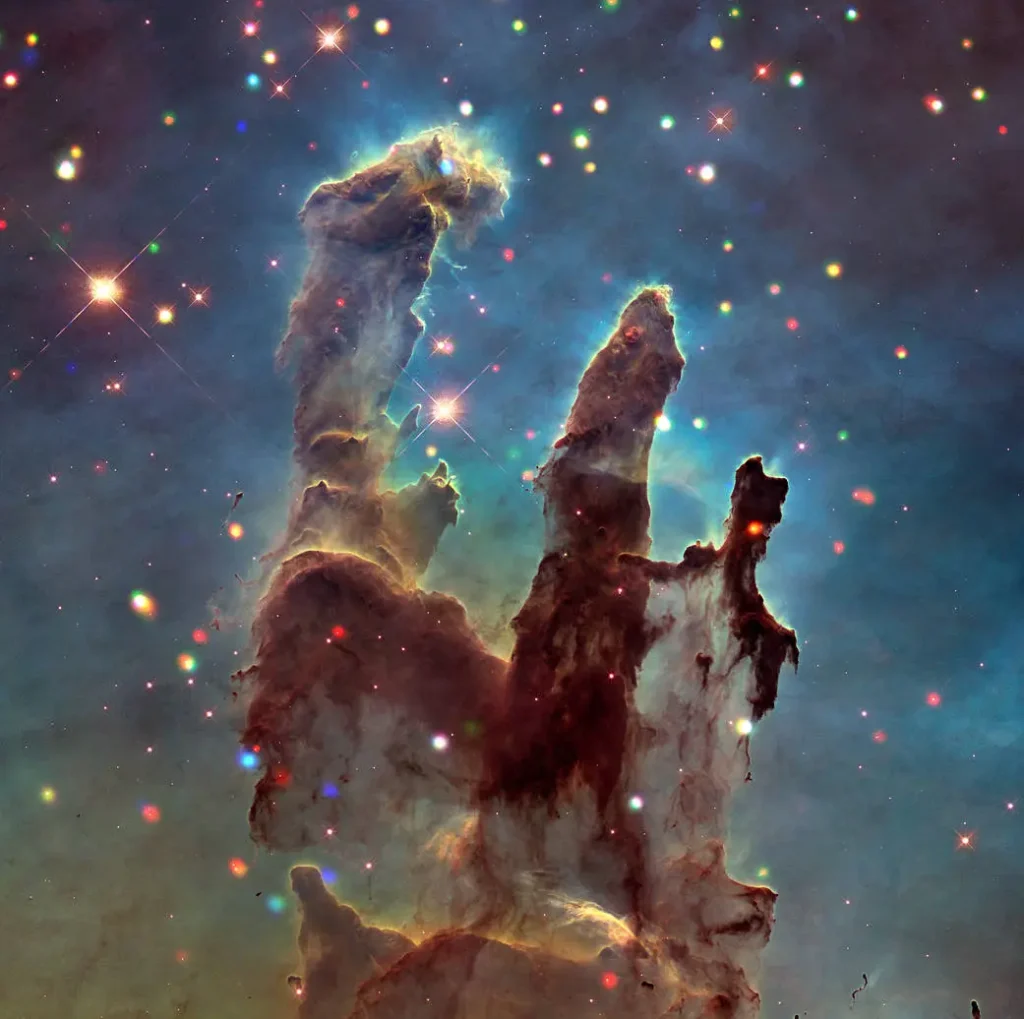
- The Eagle Nebula star forming region – Credit: NASA, ESA, STScI, J. Hester and P. Scowen (Arizona State University)
Hot young OB stars emerge from these dusty cocoons and help light up the spiral arms with their intense ultraviolet radiation. The radiation both illuminates the gas clouds and also provides the pressure to trigger further gravitational collapse – jump starting another cycle of star birth across the Milky Way’s arms.
Stunning Sites Along the Galactic Plane
Our edge-on perspective of the Milky Way’s galactic disc provides breathtaking sights along the galactic plane. Some of the most famous stellar settings include:
The Galactic Center
Dominated by the central supermassive black hole called Sagittarius A* (Sgr A*), the core hosts over 10 million stars concentrated in the inner several light years. Infrared observations have revealed nearly 200 massive young stars in tight orbits around Sgr A*.
Rho Ophiuchi Cloud Complex
A vast dark nebula layered with gas, dust, and newly forming stars – one of the closest star forming regions to our Solar System.
Trifid & Lagoon Nebulae
Showcase striking red emission nebulae powered by the ultraviolet light of young, hot stars scattered across the galactic plane.
Cygnus Star Forming Region
Iconic “North America Nebula” emission nebula resides here along with the dramatic “Crescent Nebula” carved out by strong stellar winds and radiation pressure from the central star system.
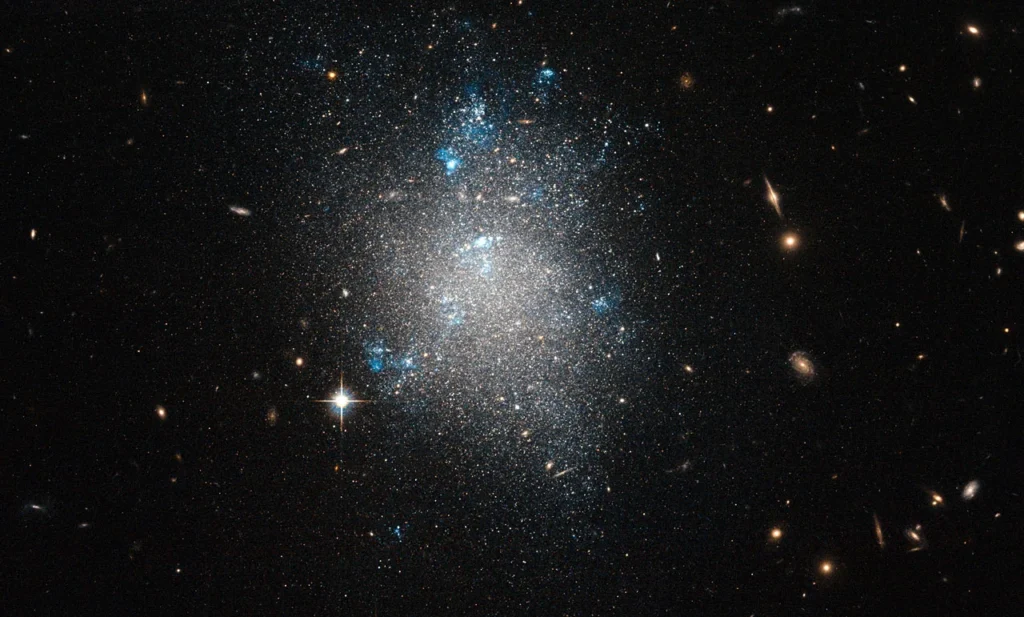
Satellite Galaxies of the Milky Way
Although the luminous and expansive Milky Way dominates our night sky view, it is not alone. Over 20 smaller dwarf galaxy satellites orbit around the Milky Way within our Local Group. The most massive and well-known satellites include:
| Component | Mass (Solar masses) | Percentage |
|---|---|---|
| Total luminous mass | 500 to 600 billion | ~10-15% |
| Stars + stellar remnants | 200 to 400 billion | ~5% |
| Total gas mass | 90 to 100 billion | ~2% |
| Atomic (HI) gas | 20 billion | |
| Molecular (H2) gas | 70 billion | |
| Dark matter halo | 4 to 5 trillion | ~85-90% |
| Total Milky Way mass | ~ 5 to 6 trillion | 100% |
These smaller companions demonstrate that galaxies often exist in groups with complex gravitational interactions. The Milky Way’s immense gravity has torn apart some dwarf galaxies already, leaving behind stellar streams criss-crossing the Milky Way’s halo.
Stellar Populations Across the Milky Way
With hundreds of billions of stars comes great diversity, spanning stellar ages from newborn protostars emerging from dusty nebulae to ancient stars lingering since nearly the beginning of the universe ~13 billion years ago.
Ancient Stars in the Milky Way Halo
The Milky Way’s halo contains some of the most ancient stars astronomers have identified. Among them is the star HD 140283, nicknamed the Methuselah Star:
“HD 140283 is a subgiant star about 190 light-years away from Earth in the constellation Libra. HD 140283 has an apparent magnitude of 7.223 and is one of the oldest known stars in the Universe.”
At an estimated 14.46 +/- 0.8 billion years old, Methuselah and other population II halo stars rank among the most elderly stellar residents of the galaxy. These metal-poor stars carry the chemical imprints of earlier generations of short-lived massive stars that seeded the galactic halo with heavier elements.
Young Stars Across the Spiral Arms
In contrast to the ancient halo stars, the Milky Way’s spiral arms provide ideal nesting grounds for stellar nurseries constantly birthing new stars. Ultraviolet radiation and stellar winds from the massive young OB stars help trigger the gravitational collapse of giant molecular clouds. The cycle of star formation propagates across the spiral landscape.
The Milky Way’s galactic center also hosts clusters of young, massive stars in tight orbits around Sagittarius A*. These central stars tend to be only several million years old on average – mere infants compared to Methuselah in the galactic halo some 25 thousand light years distant.
The Stellar Mass Budget of the Milky Way
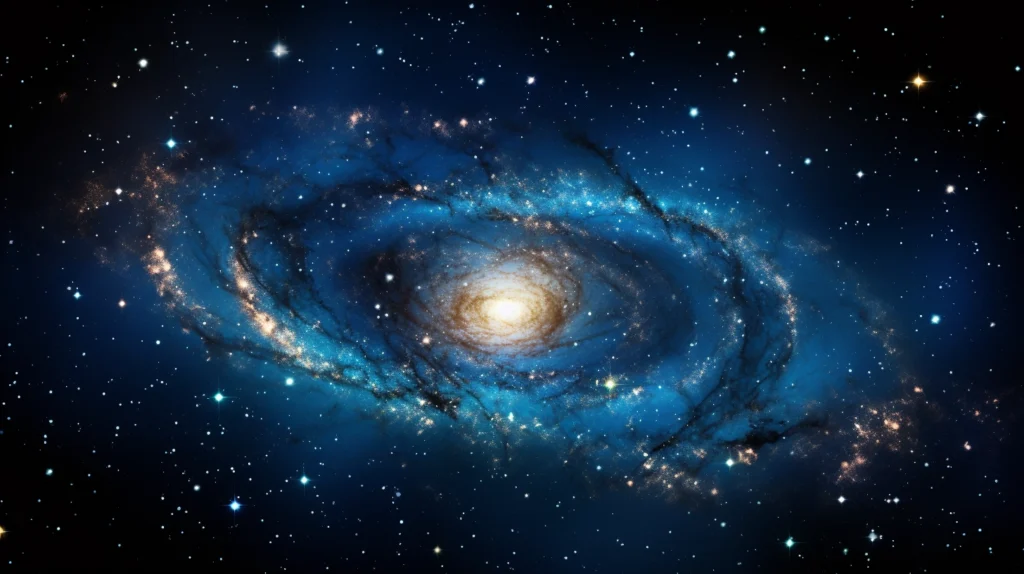
Accounting for all the mass tied up in stars adds up to an estimated 700 billion solar masses. However, this constitutes only a small percentage (~15%) of the total mass budget. The vast majority of the Milky Way’s mass comes from the extended dark matter halo enshrouding the luminous galactic disk.
Breakdown of Milky Way Mass Components
| Component | Mass (Solar masses) | Percentage |
|---|---|---|
| Total luminous mass | 500 to 600 billion | ~10-15% |
| Stars + stellar remnants | 200 to 400 billion | ~5% |
| Total gas mass | 90 to 100 billion | ~2% |
| Atomic (HI) gas | 20 billion | |
| Molecular (H2) gas | 70 billion | |
| Dark matter halo | 4 to 5 trillion | ~85-90% |
| Total Milky Way mass | ~ 5 to 6 trillion | 100% |
While the luminous galactic disk dominates the eye-catching sights, the vast invisible dark matter halo accounts for the majority of the total mass budget. Unraveling the mysteries of dark matter remains one of the top challenges in astrophysics today.
The Supermassive Black Hole Lurking at the Galactic Center
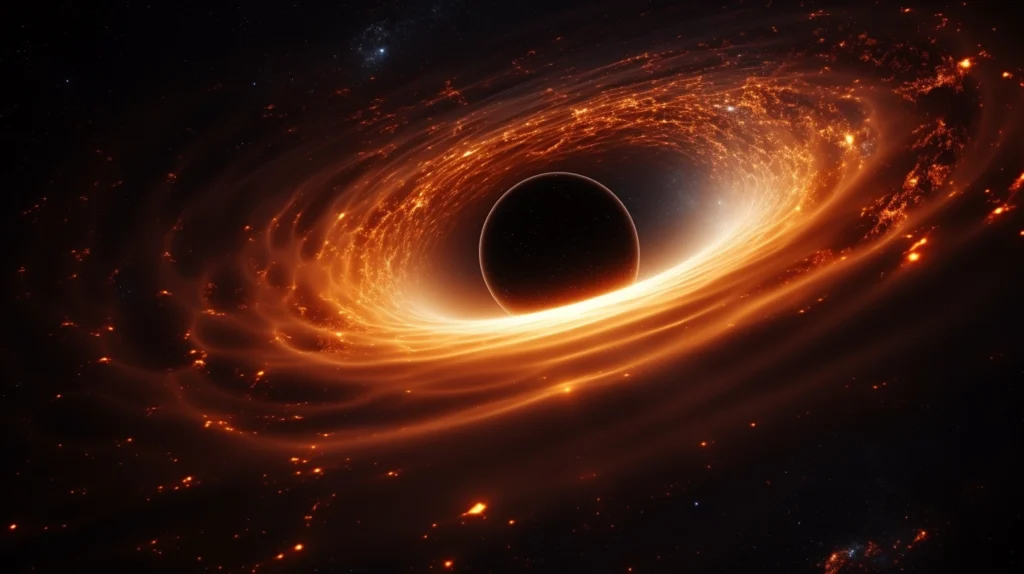
The heart of the Milky Way harbors a closely guarded secret – an enormous black hole codenamed Sagittarius A* (Sgr A*). At an estimated 4.1 million Solar masses, this heavyweight packs the mass equivalent to 4 million Suns into a region no wider than Mercury’s orbit.
Sgr A* Discovery
First reported in 1974, the discovery of an extremely massive and compact radio source (dubbed Sagittarius A) at the dynamical center of the Milky Way provided early clues to the galaxy’s central black hole. Improved observations revealed the compact object Sgr A* as the true source at the radio position of Sagittarius A.
Infrared observations of stars racing around Sgr A* clocked orbital velocities approaching 5,000 km/s – pointing to a staggeringly high mass crammed into a tiny volume. Such an extreme mass concentration leaves only one viable option: a supermassive black hole.
Accretion Disk and Jets
Surrounding the central black hole event horizon lies a rotating accretion disk structure feeding and fueling activity from the hole. While quiescent much of the time, observations have caught powerful flaring events from Sgr A* indicating sudden accretion surges onto the black hole.
Along the rotational axis above and below the black hole jet structures have been observed, aligned perpendicular to the accretion disk plane. Such relativistic jets streaming from a galaxy’s central supermassive black hole represent a classic facet linked to active galactic nuclei and quasars found in other galaxies across the universe.
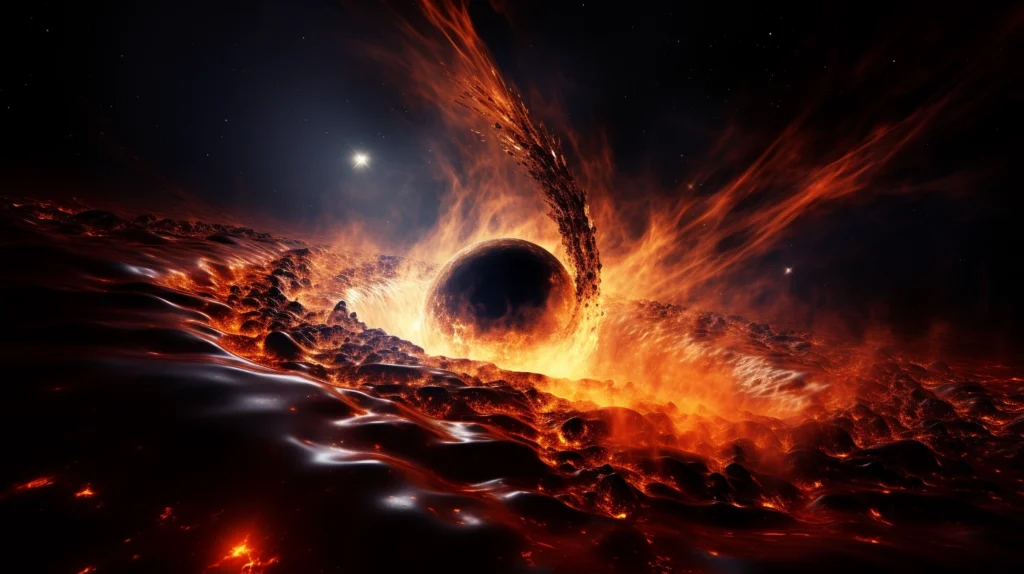
Conclusion
Our home Milky Way galaxy offers an abundance of marvels for astronomers and skywatchers to admire and unlock. As a barred spiral galaxy, the distinctive central bar bulge and encircling spiral arms light up the night sky with brilliant stars, glowing nebulae, and darker dust lanes. Anchored at the core lies the supermassive black hole Sgr A*, while the enormous dark matter halo envelops hundreds of billions of stars across the galactic disk and beyond. From our inner Orion Arm vantage point, we are granted a spectacular edge-on perspective unlike any other to study the structure, contents, and processes at work within our own Milky Way galaxy.

